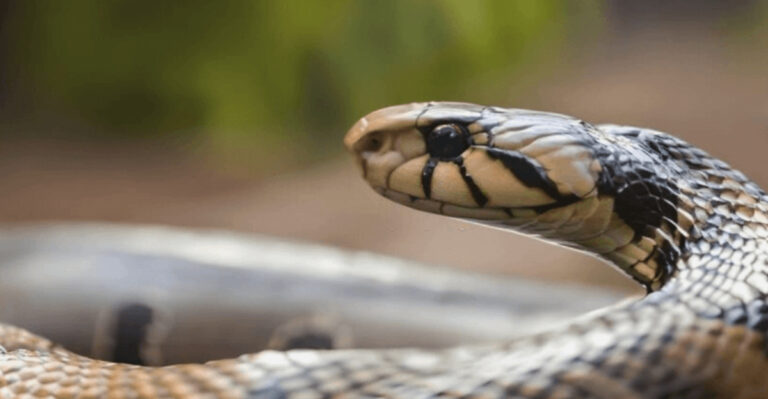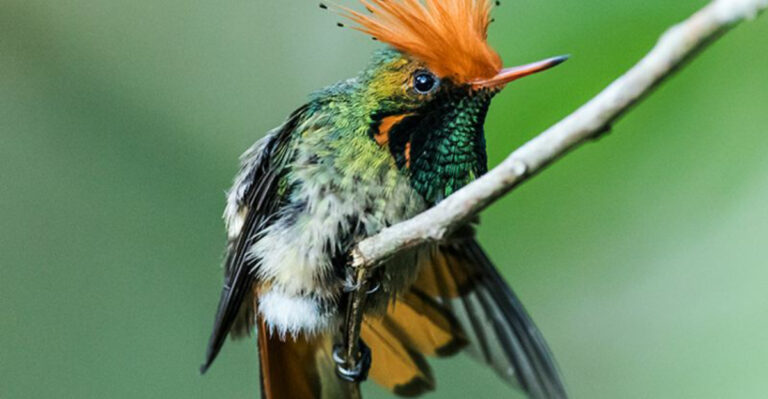16 Intriguing Facts On Ravens And Their World
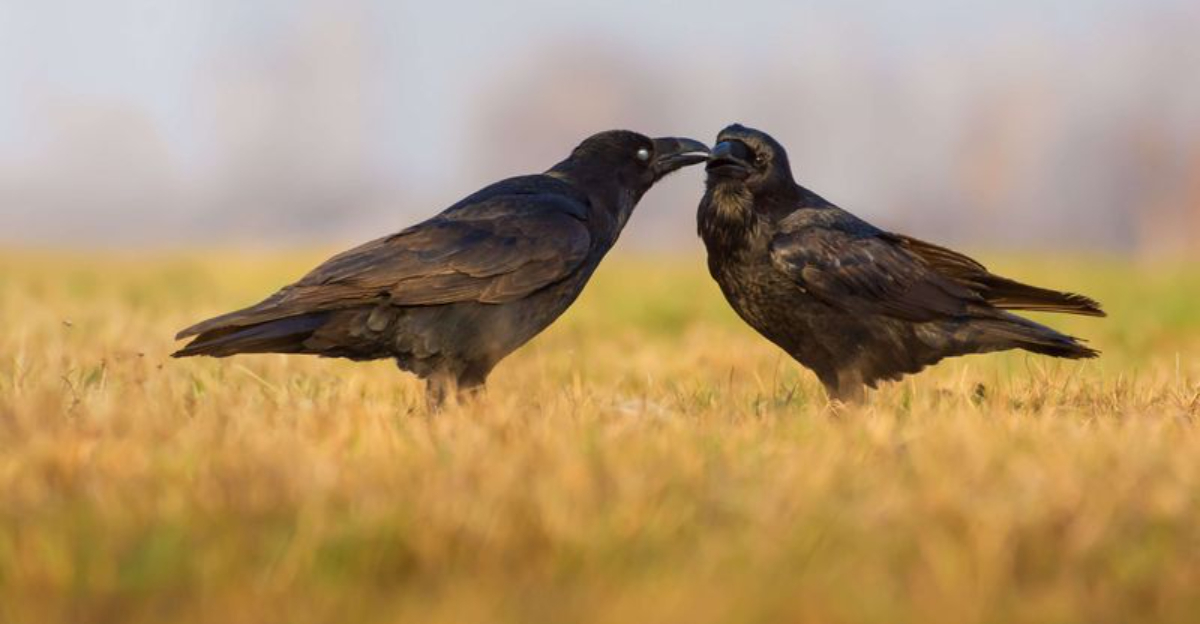
Ravens have long captivated human imagination with their mysterious presence and intelligence.
These birds are not only known for their sleek, black appearance but also for their complex behaviors and adaptability to diverse environments.
Here are some intriguing facts that shed light on the remarkable world of ravens.
1. Raven Intelligence
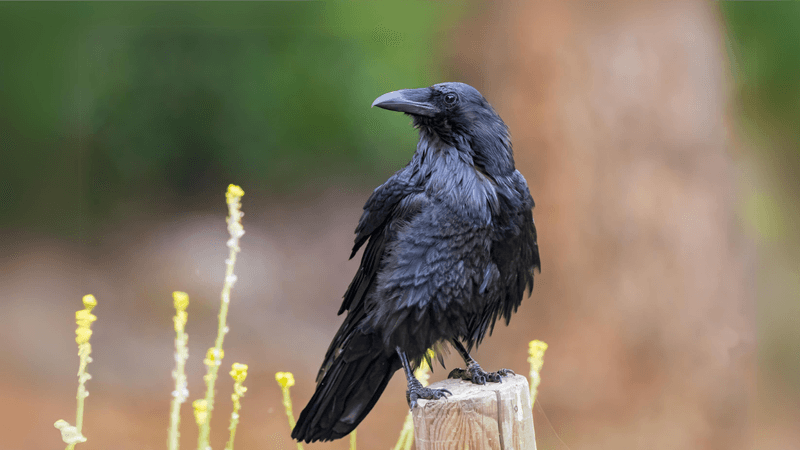
Ravens are incredibly intelligent birds, often compared to primates in cognitive abilities. They have been observed solving complex puzzles, which showcase their problem-solving skills. This intelligence extends to using tools and working in groups, illustrating their cooperative nature.
Furthermore, ravens possess the ability to plan for future events, a trait that is rare among non-human animals. They can anticipate needs and take necessary actions, sometimes working together to achieve a common goal.
This intelligence makes them fascinating creatures to study and observe. In the wild, ravens have been seen engaging in playful behavior, which suggests a high level of cognitive function. This playfulness is not just for entertainment; it often serves as a learning experience.
By engaging in such activities, ravens develop skills essential for survival. Their remarkable brains enable them to adapt to a wide range of environments. Such capabilities make ravens truly exceptional among bird species, providing valuable insight into avian intelligence.
2. Raven Communication
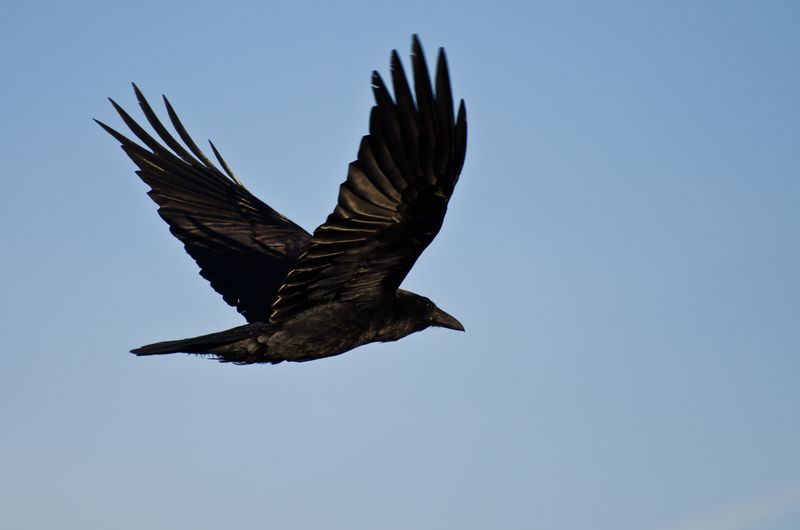
Ravens are known for their impressive vocal range, capable of mimicking various sounds, including human speech. This ability reflects their sophisticated communication skills. They use a vast array of calls to convey different messages, from warning signals to expressions of affection.
These calls can be complex, with variations that are understood by other ravens, highlighting their social nature. Beyond vocalizations, ravens use body language to communicate.
Observations have shown that ravens will use gestures and postures to convey specific meanings, much like humans do with hand signals. This non-verbal communication is an essential part of their interaction, helping them build strong social bonds.
In their natural habitat, ravens are known to engage in duets, a form of vocal interaction that strengthens pair bonds. These duets are often performed by mated pairs, demonstrating their commitment and coordination. As such, their communicative abilities are a key aspect of their complex social structure.
3. Raven Mythology
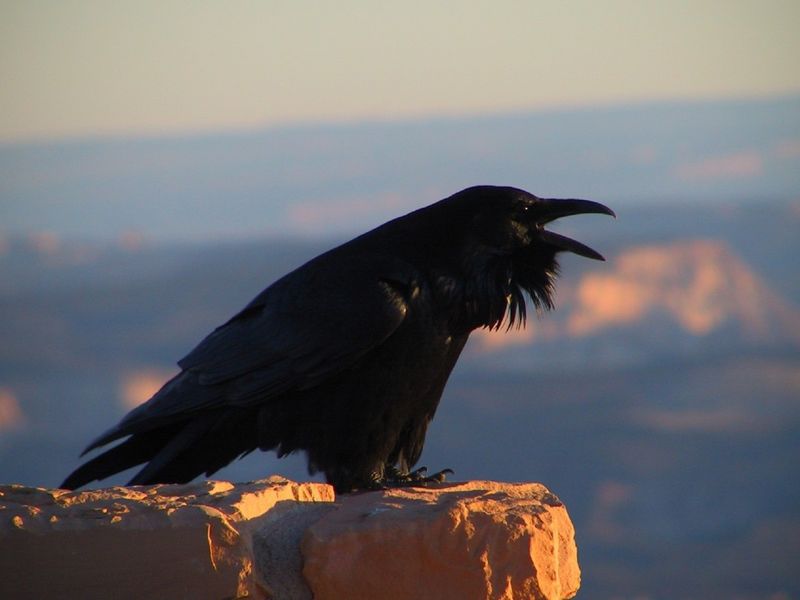
Throughout history, ravens have held significant roles in mythology and folklore. In Norse mythology, the god Odin was accompanied by two ravens, Huginn and Muninn, who symbolized thought and memory. These mystical birds were said to fly across the world, gathering information for Odin, highlighting their role as messengers.
Similarly, in various Native American cultures, ravens are revered as creators and tricksters. They often appear in tales and legends as cunning beings capable of transforming the world. Such stories emphasize their intelligence and adaptability.
Ravens are also associated with mystery and the afterlife, featuring prominently in tales across different cultures. Whether seen as omens or guides, these birds continue to captivate storytelling traditions. Their symbolic presence in literature and art underscores their timeless appeal and enduring connection to human culture.
4. Raven Habitat Adaptability
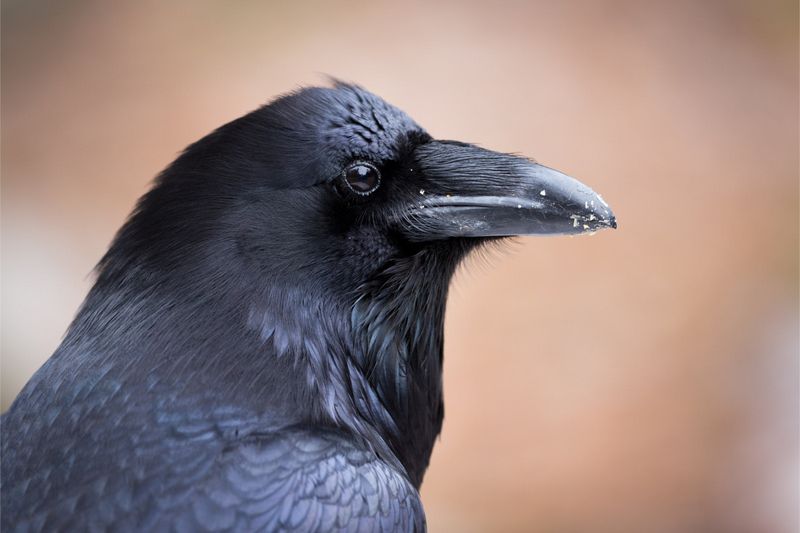
Ravens are known for their incredible adaptability to various habitats, from remote wilderness to bustling urban areas. This adaptability showcases their resilience and intelligence in finding resources and shelter in diverse environments.
By being able to thrive in different settings, ravens demonstrate remarkable survival skills. In cities, ravens often exploit human-generated resources, scavenging food and using buildings as nesting sites. Their ability to navigate urban landscapes highlights their problem-solving skills and resourcefulness. This urban adaptation allows them to live comfortably alongside humans.
In more natural settings, ravens are equally adept, using their keen intelligence to hunt and forage. Their adaptability is not just a testament to their intelligence but also to their evolutionary success. By being versatile in their habitat preferences, ravens continue to populate various regions across the globe, making them one of the most widespread bird species.
5. Raven Tool Use
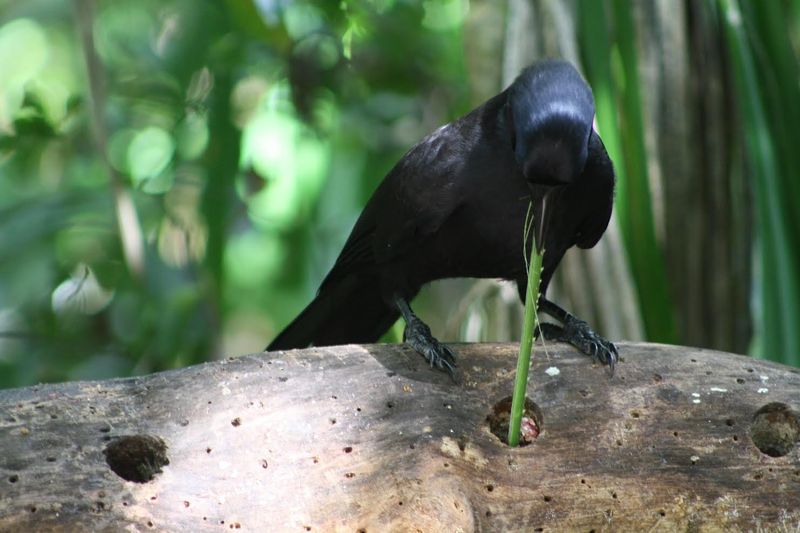
Ravens are among the few animal species known to use tools, a testament to their cognitive abilities. They have been observed crafting and manipulating objects to achieve specific goals, showcasing their problem-solving skills.
This behavior is often seen in the wild, where ravens use sticks or rocks to access food or explore their environment. Their ability to use tools highlights their intelligence and adaptability, setting them apart from many other bird species.
This skill is not just about survival; it reflects their innovative thinking. Ravens often experiment with different objects, learning through trial and error. Such behavior signifies a level of mental sophistication that is rare among birds.
By observing tool use in ravens, researchers gain insight into the evolution of intelligence and the cognitive processes involved in such complex tasks. This fascinating aspect of raven behavior continues to intrigue scientists and bird enthusiasts alike.
6. Raven Playfulness
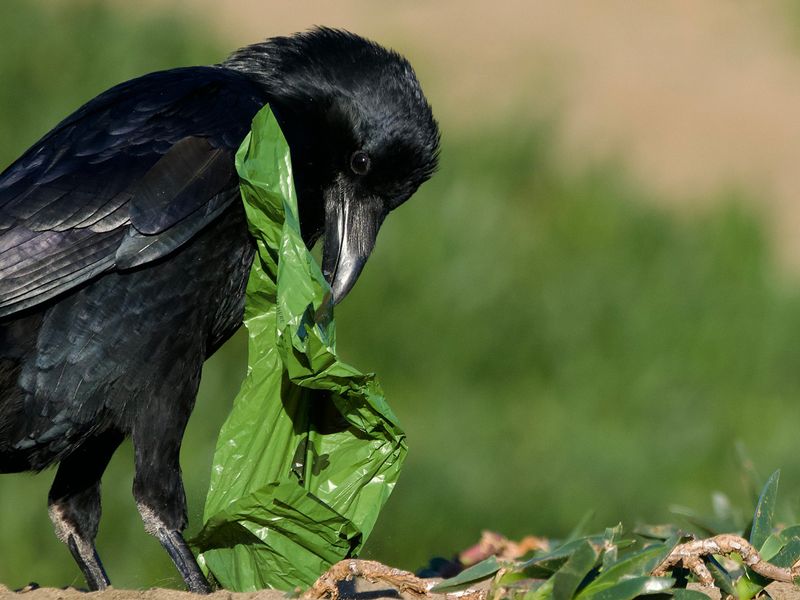
Ravens are known for their playful nature, engaging in activities that appear to be purely for enjoyment. This playfulness is not only entertaining to watch but also serves a crucial role in their development. Through play, ravens learn important social and survival skills, enhancing their adaptability.
In their natural habitats, ravens have been observed sliding down snowy hills, playing catch with objects, and engaging in aerial acrobatics. These playful behaviors are often shared with other ravens, strengthening social bonds and fostering cooperation.
Such interactions reveal their complex social structures. The playful antics of ravens also provide opportunities for learning and problem-solving. By experimenting with different actions and scenarios, they gain valuable experiences that aid in their survival. This combination of play and learning underscores their intelligence and adaptability, making ravens fascinating creatures to observe.
7. Raven Longevity
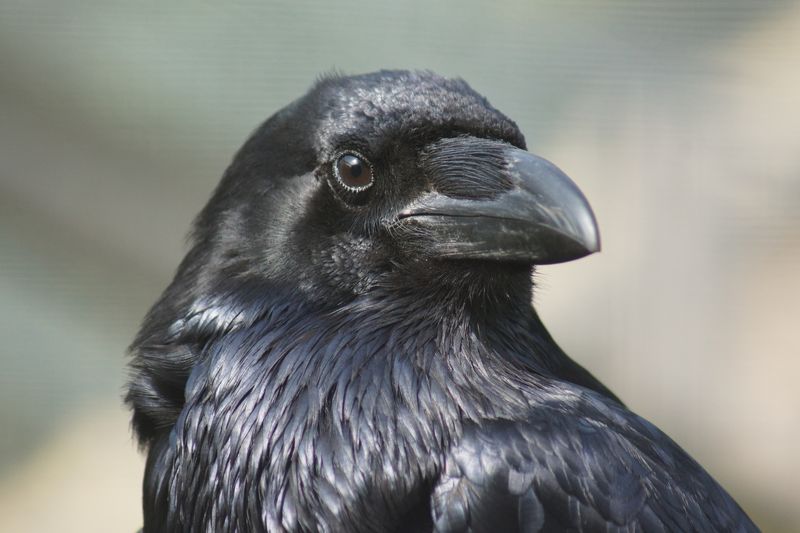
Ravens are known for their impressive longevity, often living up to 15 years in the wild, with some individuals reaching even older ages in captivity. This long lifespan allows them to accumulate knowledge and experience, which they use to navigate their environments successfully. In the wild, older ravens often play crucial roles within their social groups, sharing wisdom and leading younger members.
Their longevity contributes to the stability and continuity of raven communities, as experienced individuals guide others in survival strategies.
The extended lifespan of ravens is not only a testament to their adaptability but also to their resilience. By living longer, they have more opportunities to learn and adapt to changing conditions, ensuring their continued success.
This aspect of their biology highlights the remarkable balance between intelligence, social structure, and survival that defines the raven species.
8. Raven Social Structure
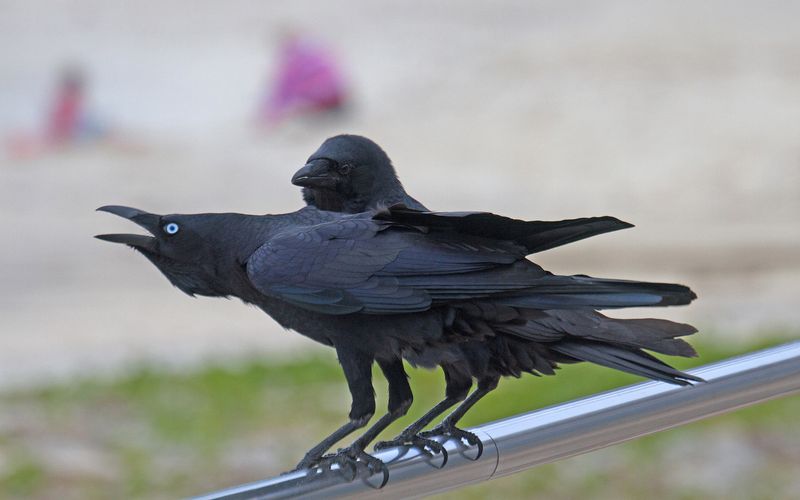
Ravens have complex social structures, often forming family groups that work together for mutual benefit. These groups are characterized by strong bonds and cooperative behaviors, essential for survival in the wild.
Such social organization reflects their intelligence and adaptability. Within these groups, ravens engage in various cooperative activities, from hunting to raising young. This teamwork ensures that resources are shared, enhancing the survival chances of all members.
The strong familial ties are maintained through communication and mutual support. The social structures of ravens are not just about survival; they also play a role in learning and development.
Younger ravens benefit from the guidance of older, more experienced individuals, gaining skills necessary for independent living. This dynamic social interaction is a key aspect of their success as a species, highlighting the importance of cooperation and communication.
9. Raven Problem Solving
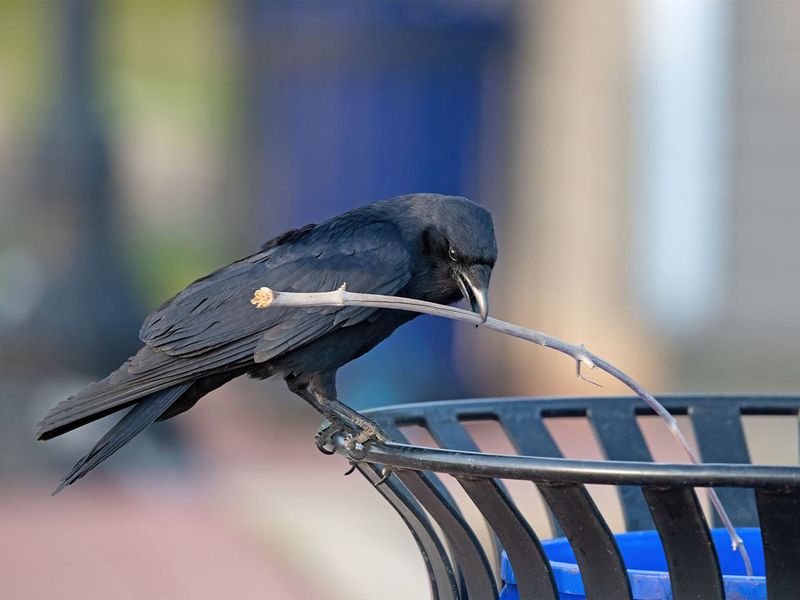
Ravens are renowned for their exceptional problem-solving skills, often demonstrating abilities comparable to primates. They are capable of understanding complex tasks and devising solutions, a testament to their advanced cognitive functions.
This problem-solving prowess is evident in various scenarios. For instance, ravens have been observed manipulating objects to achieve specific goals, such as accessing food or navigating obstacles. This ability to think ahead and plan reflects their intelligence and adaptability.
Their problem-solving skills are not limited to individual efforts; they often work together to tackle challenges. Such behavior highlights the importance of collaboration and communication within raven communities.
By observing and learning from one another, they enhance their capabilities, ensuring their survival in diverse environments. These impressive skills make ravens fascinating subjects for research and observation, providing insights into the evolution of intelligence.
10. Raven Dietary Habits
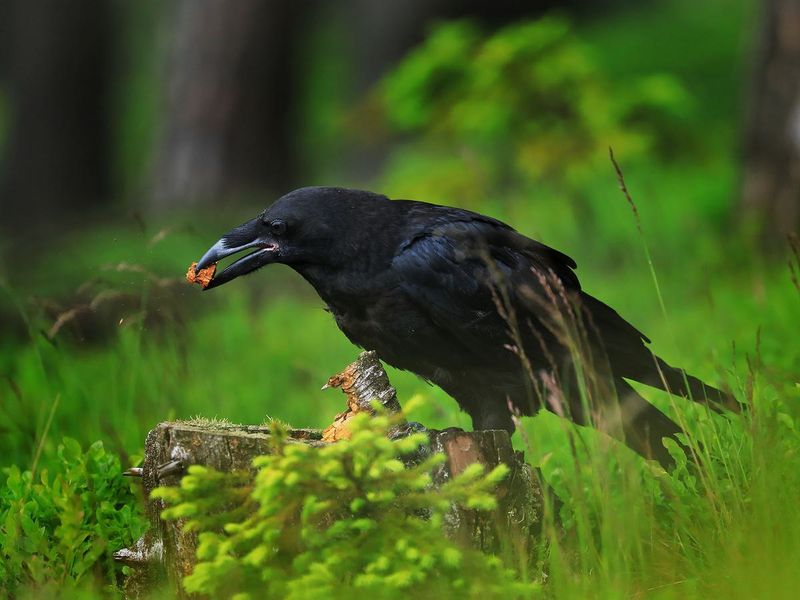
Ravens have a highly varied diet, which contributes to their adaptability and survival in diverse environments. They are opportunistic feeders, consuming a wide range of food sources, from carrion to fruits.
This dietary flexibility allows them to thrive in both urban and natural settings. In the wild, ravens are skilled hunters, preying on small animals and insects. They also scavenge carrion, which provides essential nutrients.
In urban areas, they often exploit human leftovers, showcasing their resourcefulness and adaptability. Their diverse diet is a key factor in their success as a species, allowing them to inhabit various regions across the globe.
By being able to consume different food sources, they can quickly adapt to changing conditions, ensuring their continued survival. This aspect of their biology underscores the importance of dietary adaptability in the natural world.
11. Raven Nesting Habits
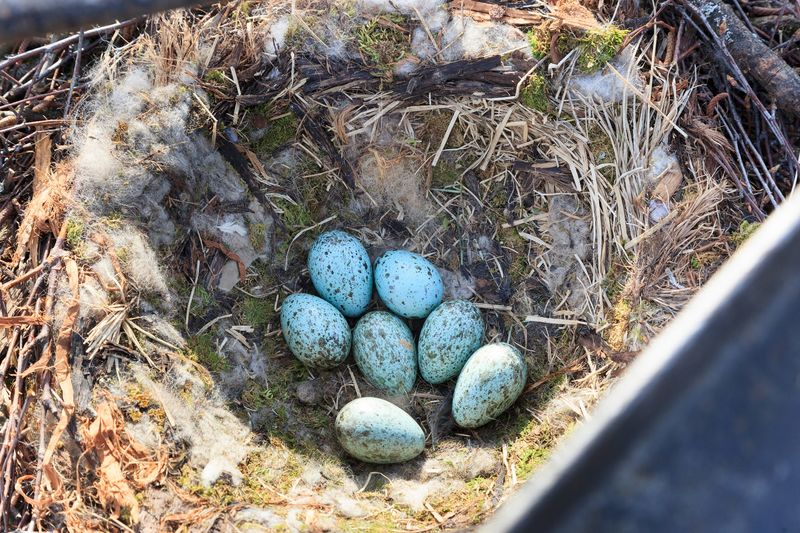
Ravens are meticulous nest builders, often selecting high, secluded locations to construct their homes. Their nests are carefully crafted using a variety of materials, from sticks to animal fur, reflecting their resourcefulness and attention to detail.
The choice of nesting site is crucial for safety and survival. By building nests in elevated positions, ravens protect their young from predators and environmental hazards. This strategic nesting behavior is a testament to their intelligence and adaptability.
During the breeding season, raven pairs work together to build and maintain their nests, demonstrating strong cooperative skills.
This teamwork ensures the successful rearing of their offspring, highlighting the importance of family bonds and communication. The intricate nesting habits of ravens provide insight into their complex social structures and their ability to adapt to various challenges.
12. Raven Mating Rituals
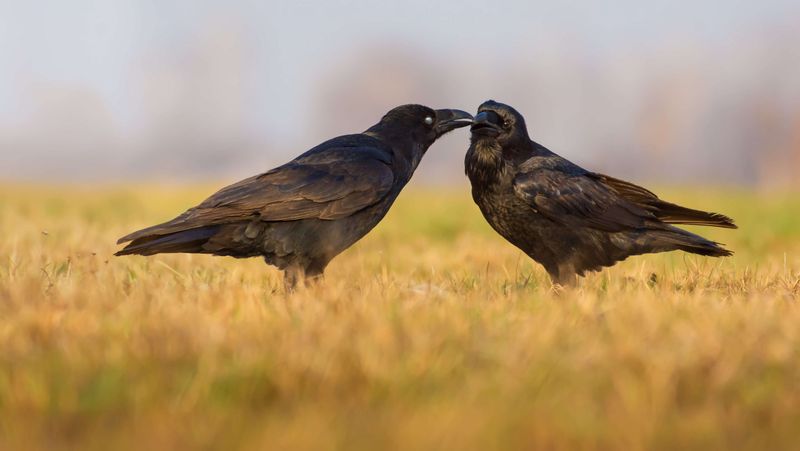
Raven mating rituals are fascinating displays of coordination and communication, reflecting their complex social structures. These courtship behaviors include aerial displays, vocalizations, and intricate dances that strengthen pair bonds and facilitate successful mating.
During courtship, ravens engage in synchronized flights, showcasing their agility and coordination. These aerial acrobatics are often accompanied by vocal duets, emphasizing their strong communication skills. Such displays are crucial for establishing and maintaining long-term partnerships.
Mated pairs often remain together for life, working cooperatively in nest building and raising young. This commitment to partnership highlights the importance of social bonds in raven communities. Their elaborate mating rituals are not only a spectacle to observe but also a vital aspect of their reproductive success and social cohesion.
13. Raven Cultural Learning
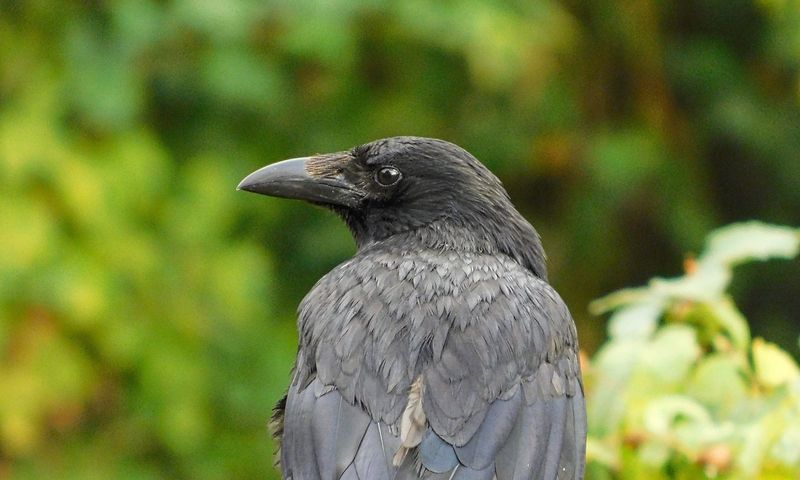
Ravens exhibit cultural learning, a process where they acquire behaviors by observing and imitating others. This ability to learn from their peers sets them apart from many other bird species, highlighting their intelligence and adaptability.
In raven communities, young birds often observe older, more experienced individuals to learn essential skills, such as foraging and tool use. This cultural transmission of knowledge ensures that valuable information is passed down through generations, enhancing their survival and success.
Such learning is not limited to survival skills; ravens also engage in social learning, acquiring behaviors that facilitate social interaction and cooperation.
This cultural learning underscores the complexity of their social structures and their ability to adapt to changing environments. By observing and imitating one another, ravens demonstrate the power of social learning in the animal kingdom.
14. Raven Relationships With Humans

Ravens have long intrigued humans, often forming unique relationships with people. These interactions range from symbolic representations in folklore to direct encounters in urban environments, reflecting their adaptability and intelligence.
In many cultures, ravens are seen as symbols of mystery and wisdom, often appearing in myths and legends. This cultural significance underscores their impact on human imagination and storytelling traditions.
Beyond symbolism, ravens are common in urban settings, where they often engage with humans. These interactions highlight their resourcefulness and curiosity. By living in close proximity to people, ravens have learned to exploit human resources, showcasing their adaptability.
Such relationships provide opportunities for mutual learning and coexistence, demonstrating the unique bond between ravens and humans. This connection continues to inspire fascination and respect for these remarkable birds.
15. Raven Symbolism
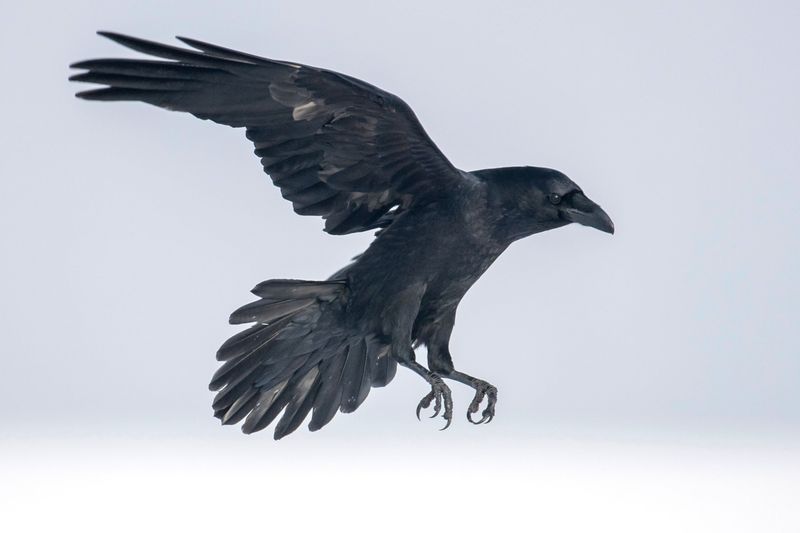
Ravens hold a prominent place in symbolism across different cultures, often representing mystery, intelligence, and transformation. Their appearance in myths and legends highlights their enduring influence on human imagination and storytelling.
In some traditions, ravens are seen as messengers between worlds, capable of bridging the gap between the living and the dead. This association with the afterlife adds to their mystique and allure. In other cultures, they symbolize wisdom and insight, often appearing as guides or advisors in tales.
The symbolism of ravens extends to modern times, where they continue to inspire art and literature. Their enigmatic nature and intelligence make them compelling figures, serving as powerful symbols of transformation and change. This rich tapestry of symbolic meanings reflects the deep cultural connections that humans have with these fascinating birds.
16. Raven Conservation
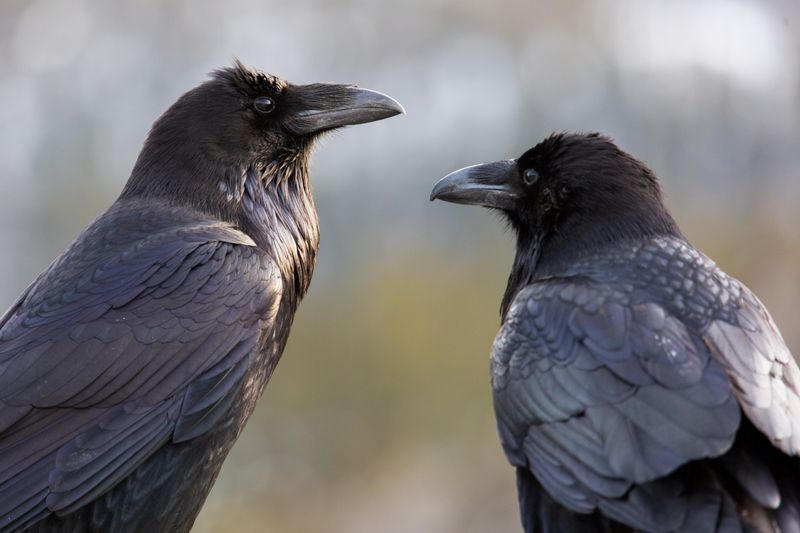
Despite their widespread presence, ravens face challenges that threaten their populations, such as habitat loss and human conflict. Conservation efforts are crucial to ensure their continued survival and the protection of their habitats.
Many conservation organizations focus on preserving natural environments and promoting coexistence between ravens and humans. By understanding the ecological role of ravens and their importance to biodiversity, these efforts aim to create sustainable solutions for their conservation.
Ravens play a vital role in ecosystems, contributing to the balance of food chains and the dispersion of seeds. Protecting their habitats not only benefits ravens but also supports broader biodiversity goals.
Conservation initiatives highlight the need for awareness and action to safeguard these remarkable birds and the environments they inhabit. This commitment to conservation reflects the responsibility to preserve the natural world for future generations.


